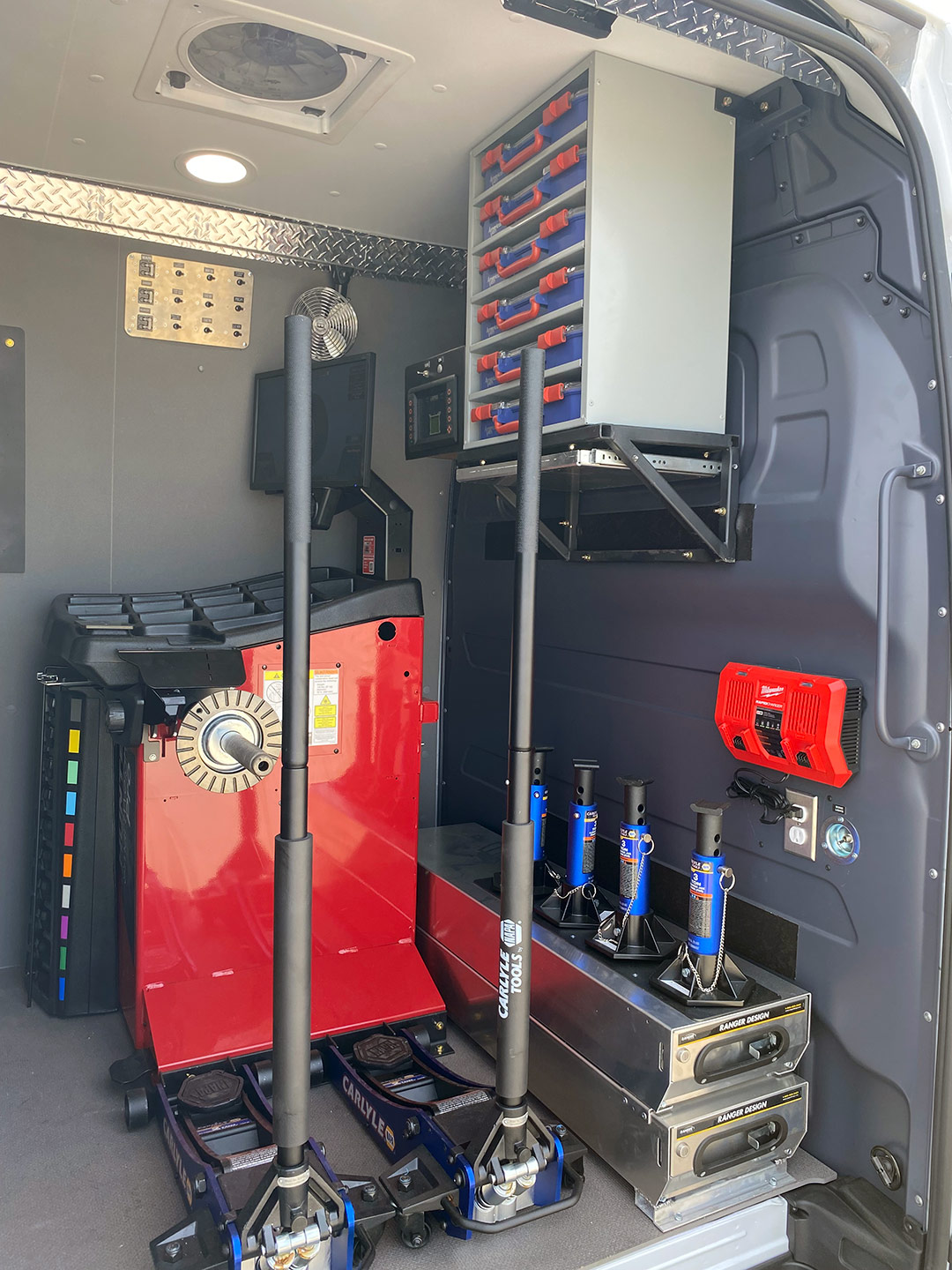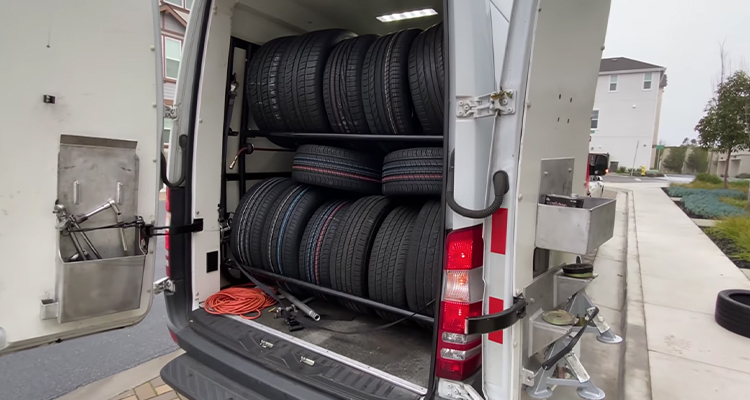Tire Solution: Proven Techniques for Optimal Tire Maintenance and Care
Preserving optimal tire condition is paramount for both security and performance of any vehicle. From making sure proper tire pressure to regular turning and positioning, there are tested methods that can significantly extend the lifespan of your tires and boost overall driving experience. As we explore the details of tire treatment and maintenance, we will reveal vital standards that every car proprietor should stick to for the finest feasible outcomes. Let's look into the globe of tire solution and discover the tricks to keeping your tires in excellent shape for the long haul.
Value of Tire Stress
Adequate tire stress promotes better gas performance, as under-inflated tires can lead to raised rolling resistance, causing the engine to function tougher and consume more gas. Appropriate tire stress makes certain even step wear, improving tire longevity and saving money in the lengthy run by delaying the requirement for early substitutes. Regularly checking and readjusting tire pressure, particularly previously long journeys, is an easy yet efficient means to improve vehicle performance, extend tire lifespan, and prioritize security on the roadway.
Tire Turning Standards
When thinking about tire turning guidelines, it is necessary to recognize the relevance of this maintenance job in taking full advantage of tire lifespan and keeping optimal automobile performance. Tire turning entails altering the placement of each tire on a vehicle to make sure even walk wear. Front tires often tend to put on more promptly than back tires due to steering forces, making regular turning vital for balanced wear patterns.

Benefits of Wheel Positioning
Making certain proper wheel alignment after tire rotation is critical for keeping well balanced wear patterns and optimizing vehicle efficiency. In addition, right wheel positioning helps to expand the life-span of your tires. Misaligned wheels can create uneven tire wear, leading to early tire substitute and increased upkeep costs.

Tire Tread Depth Examine
Executing a regular assessment of tire tread deepness is important for preserving secure driving problems and prolonging the lifespan of your tires. The tread on your tires plays an essential function in supplying traction, particularly in damp or slippery problems. To examine your tire tread depth, you can use a step depth gauge or the dime test. The recommended tread deepness is visit site at least 2/32 of an inch. It is time to change your tires to make sure optimal efficiency and security on the roadway if the walk depth is below this threshold. Irregular step wear can show problems with tire alignment, suspension, or pressure, highlighting the importance of normal tread depth checks. Ignoring to keep an eye on and preserve appropriate tread deepness can cause minimized grasp, longer stopping distances, and an increased risk of hydroplaning. By incorporating tire tread deepness check out your routine upkeep routine, you can drive with confidence recognizing that your tires remain in top condition.
Seasonal Tire Examination
A detailed evaluation of tire condition tailored to details climate condition is important for keeping optimum performance and security throughout the year. Seasonal tire inspection is an essential aspect of tire maintenance that ensures tires prepare to deal with the difficulties presented by various weather condition conditions. To prepare for winter, it is vital to inspect the tire stress frequently as cool temperature levels can create tire stress to go down. Evaluating tire walk depth is also vital to guarantee ample grip on snow and ice-covered roads. In addition, checking for signs of wear and tear, such as bulges or splits, can assist avoid potential tire failings. As you could try here the periods change, it is very important to assess tire problem and make any necessary changes to guarantee safe driving. By performing routine seasonal tire inspections, vehicle drivers can lengthen tire life expectancy, improve fuel efficiency, and most importantly, guarantee a safe and secure driving experience in varying weather condition conditions - Mobile Tire Replacement Las Vegas.
Verdict
Finally, maintaining appropriate tire stress, turning tires regularly, lining up wheels correctly, keeping track of step depth, and conducting seasonal examinations are necessary practices for optimal tire treatment. By adhering to these proven techniques, vehicle drivers can ensure their tires last longer, carry out better, and contribute to general automobile safety and security. It is necessary to prioritize tire upkeep to stop mishaps, improve gas performance, and extend the life-span of tires.
Adequate tire stress advertises much better fuel effectiveness, as under-inflated tires can lead to boosted rolling resistance, causing the engine to work tougher and eat more gas.When thinking about tire rotation guidelines, it is necessary to recognize the importance of this maintenance task in optimizing tire life expectancy and keeping optimum vehicle performance. Seasonal tire assessment is a original site fundamental aspect of tire upkeep that makes sure tires are prepared to deal with the obstacles positioned by different weather conditions. By conducting routine seasonal tire examinations, chauffeurs can extend tire lifespan, enhance fuel efficiency, and most significantly, make sure a safe driving experience in varying weather problems.
In verdict, maintaining correct tire stress, turning tires consistently, straightening wheels appropriately, keeping track of tread deepness, and performing seasonal assessments are vital techniques for optimal tire treatment.